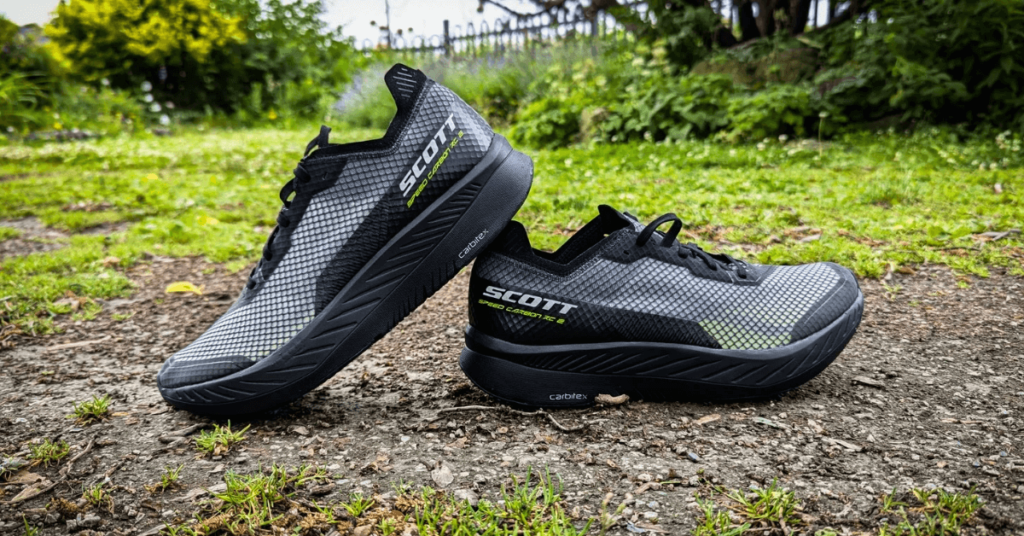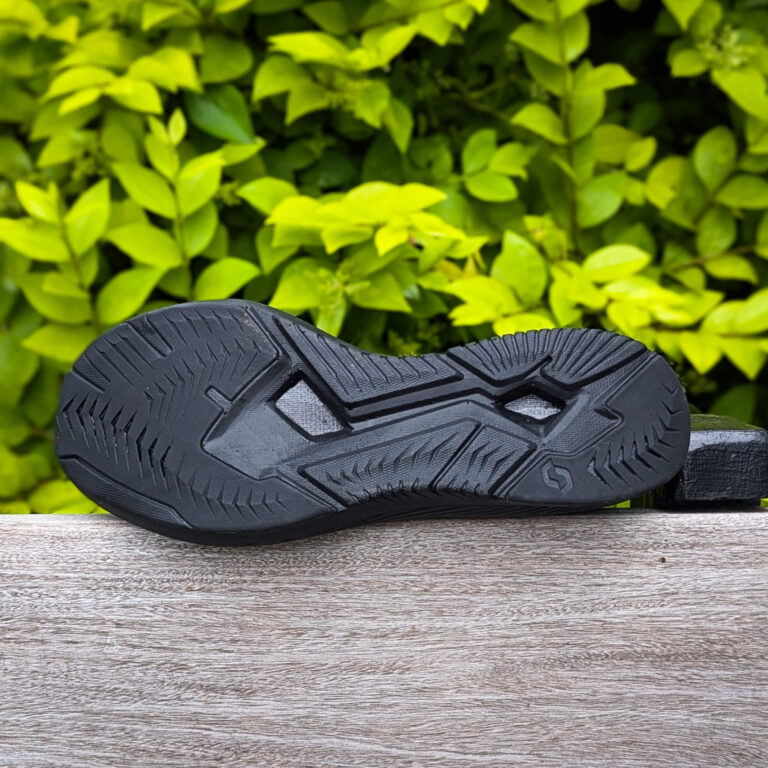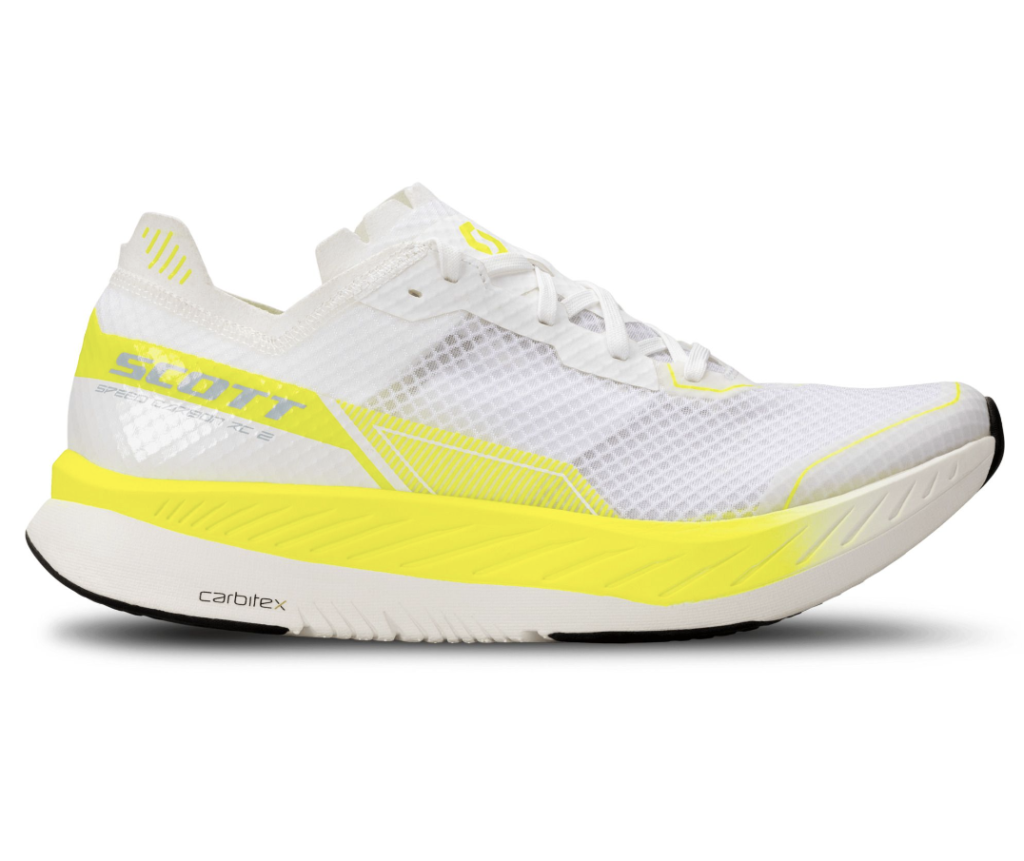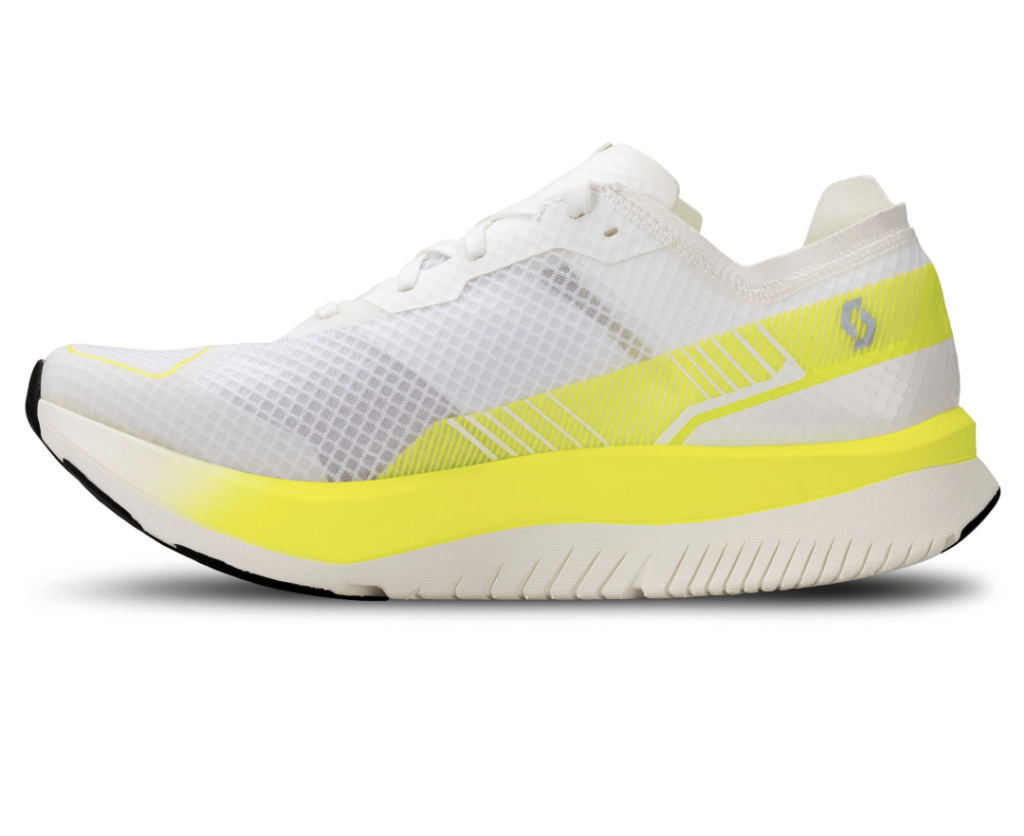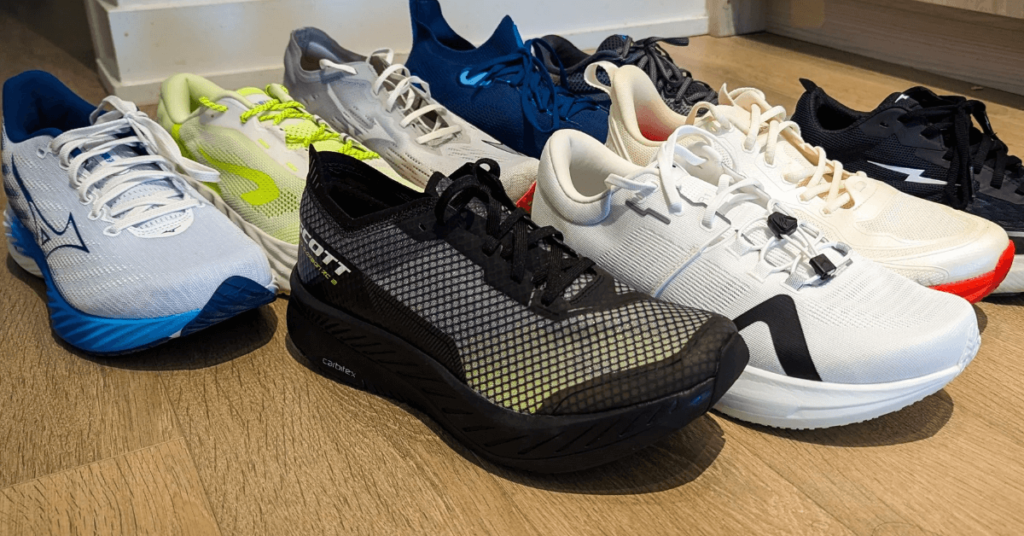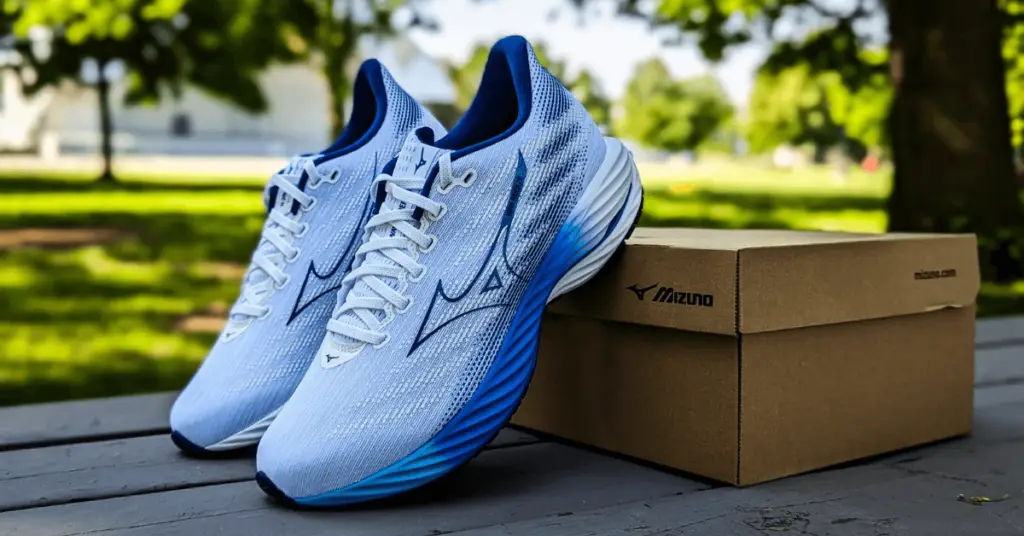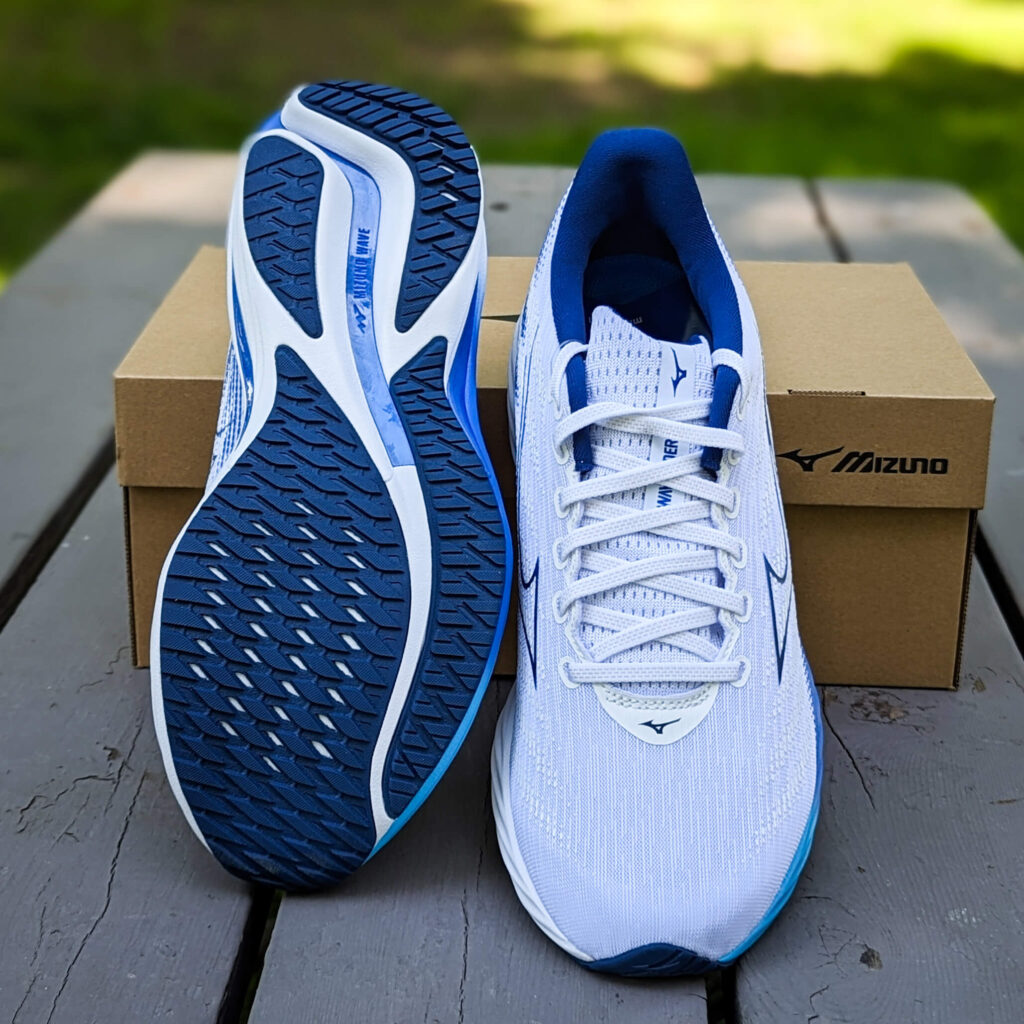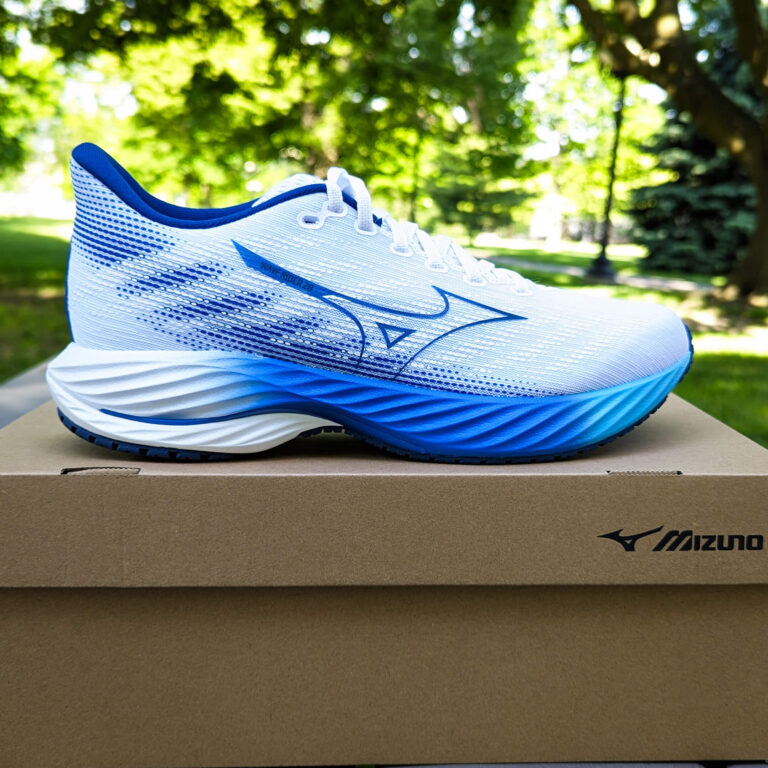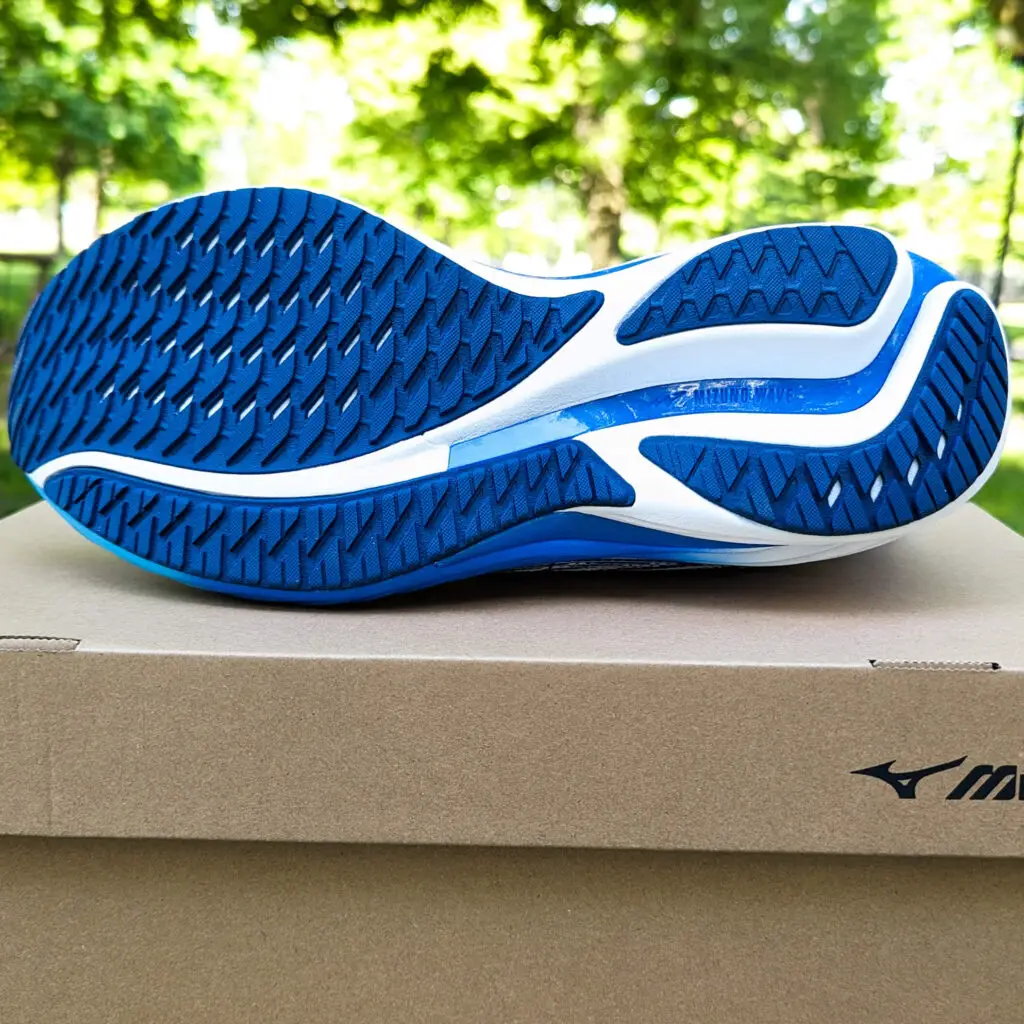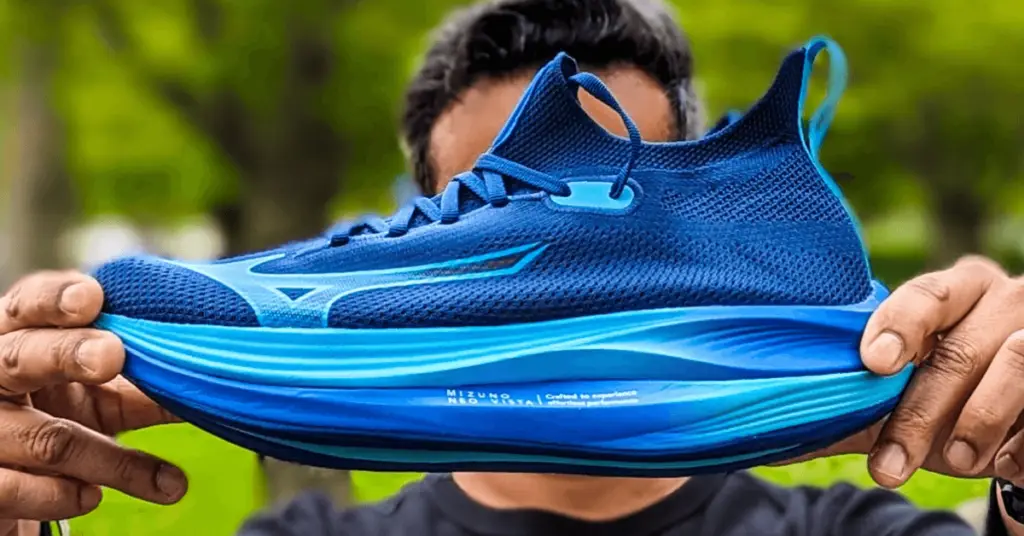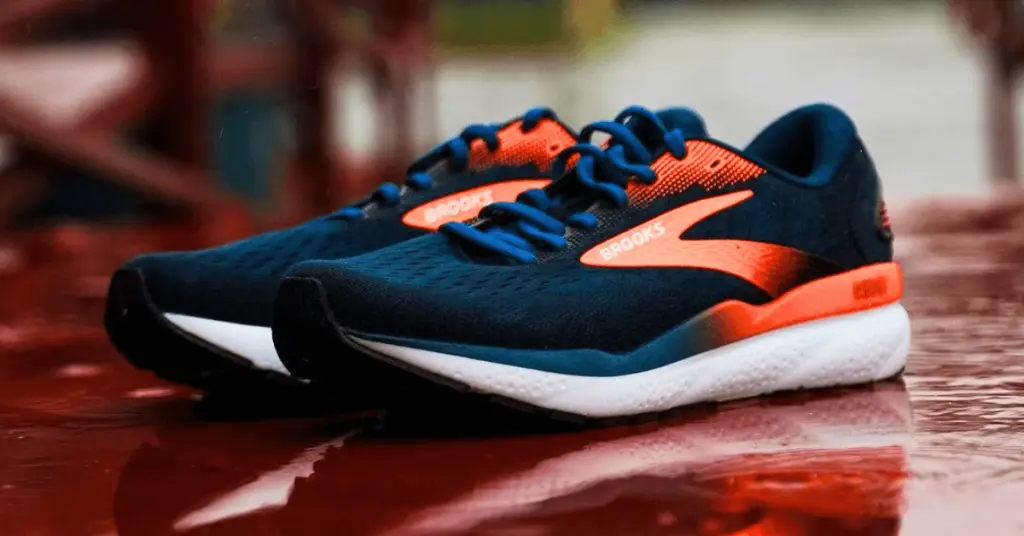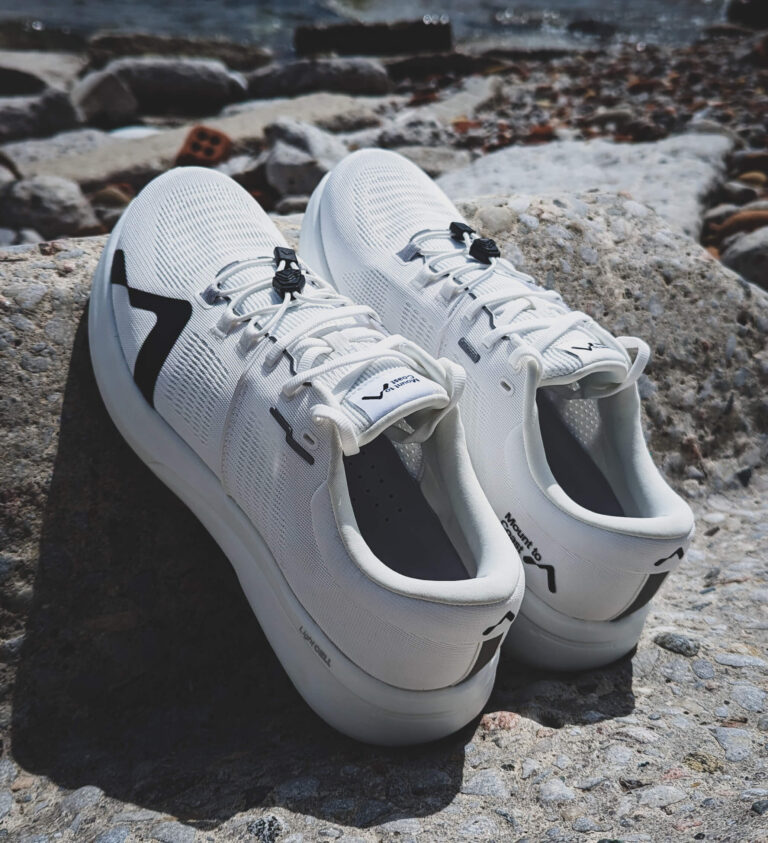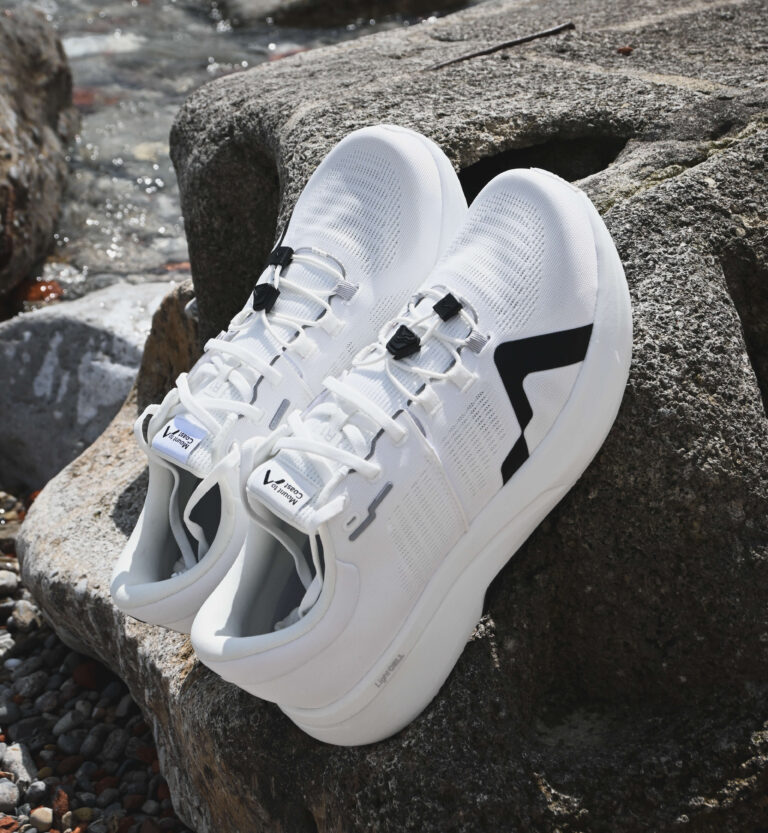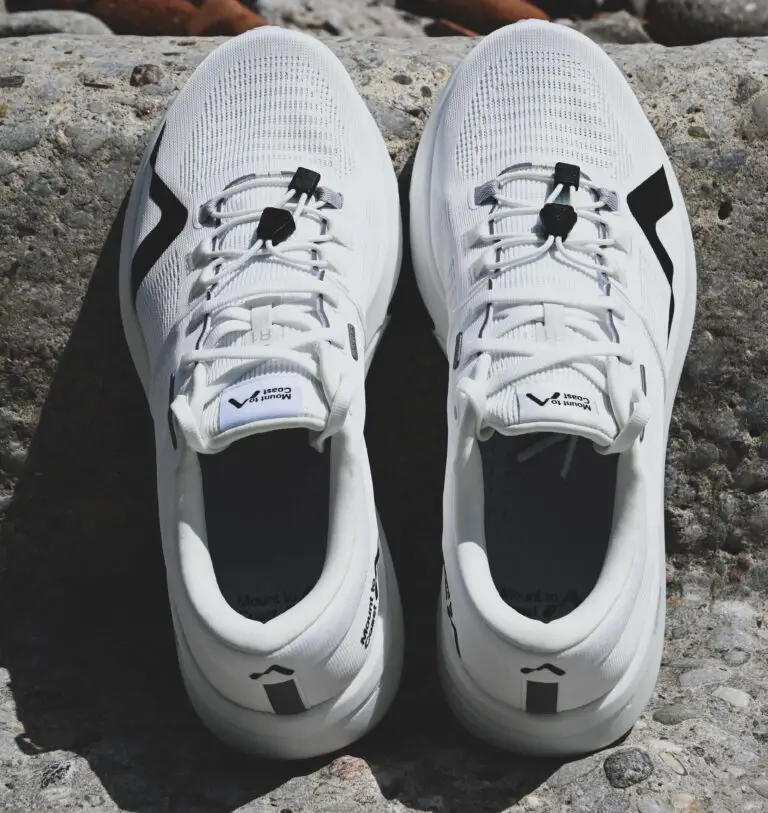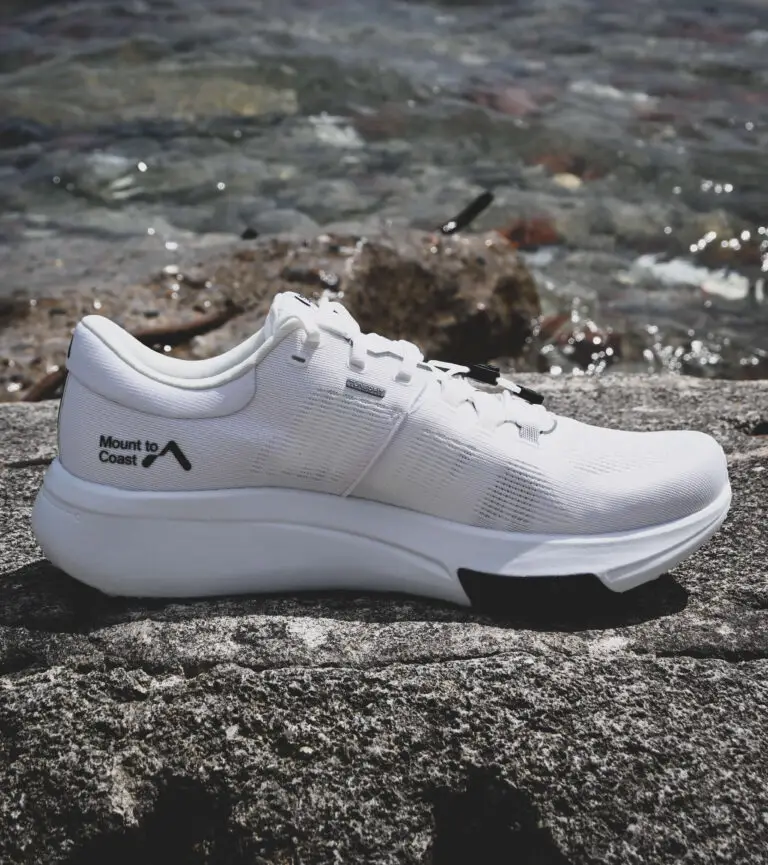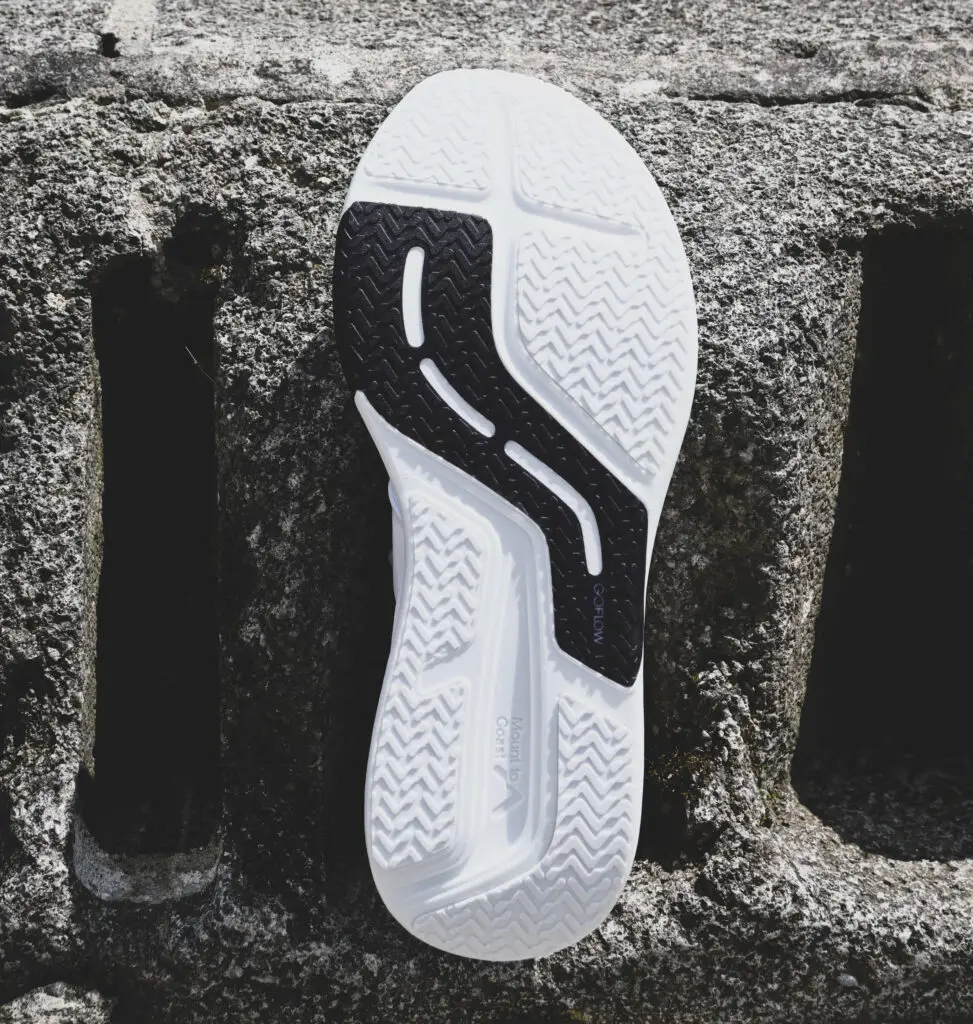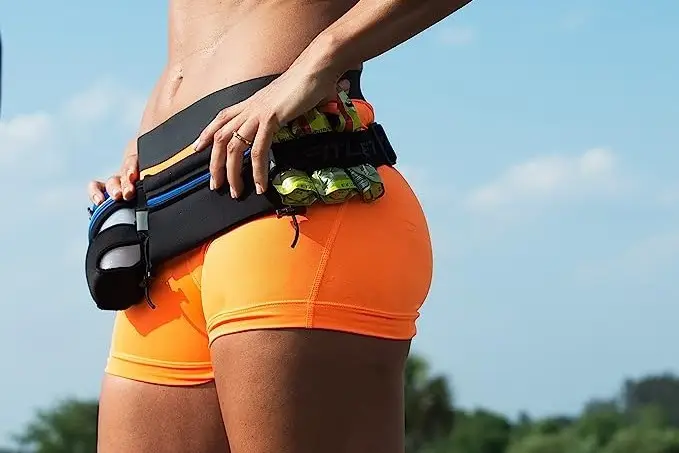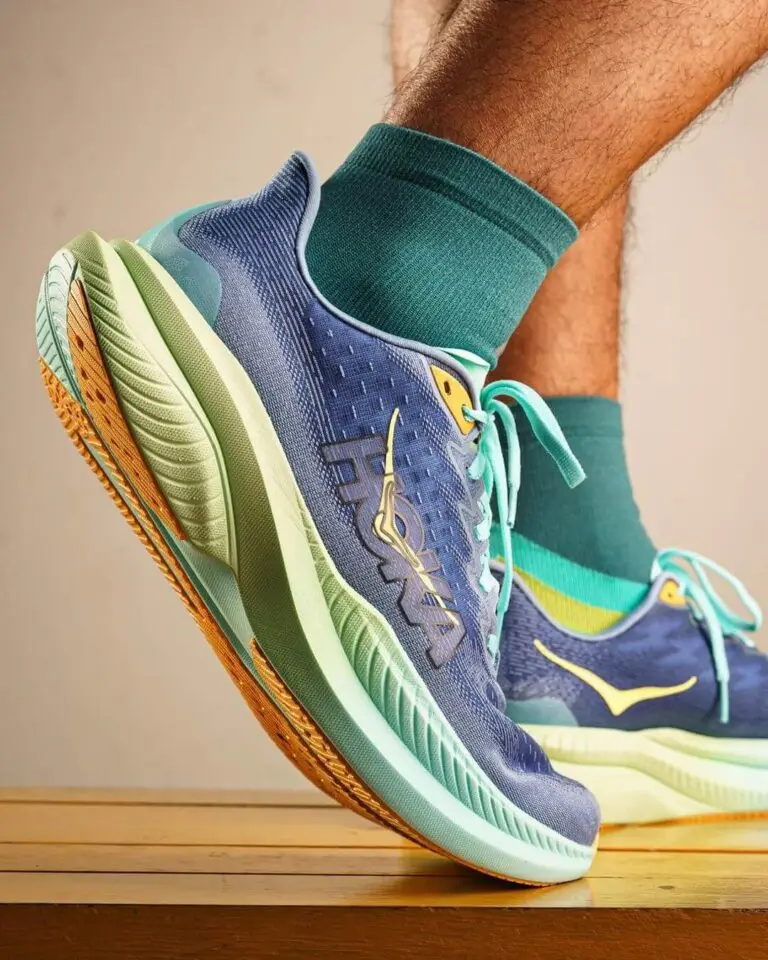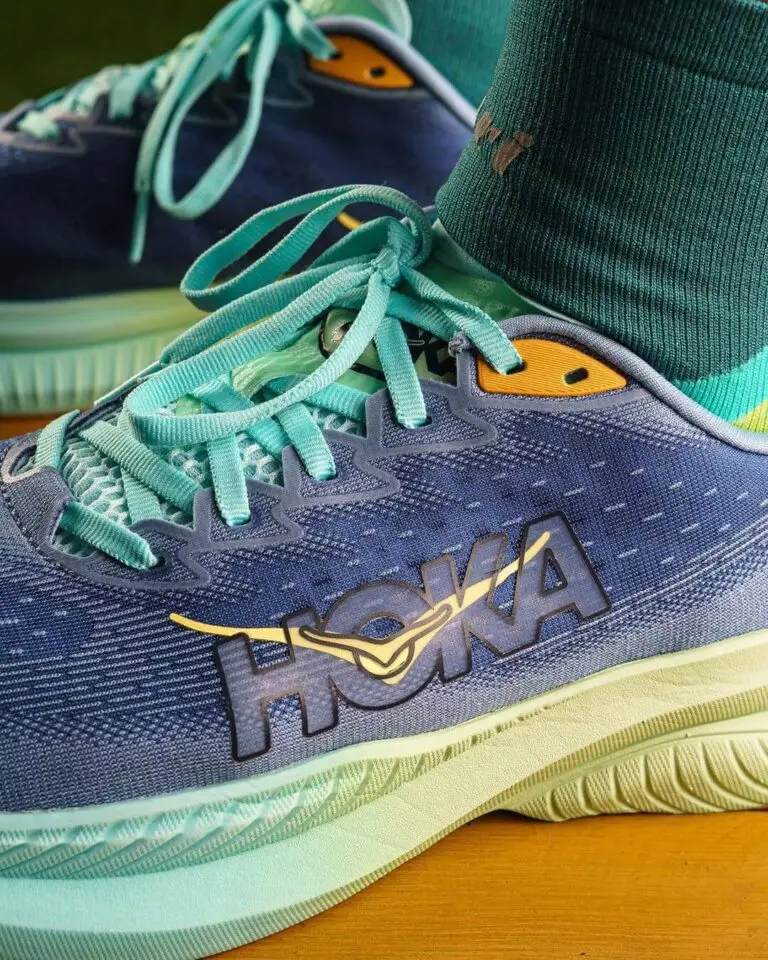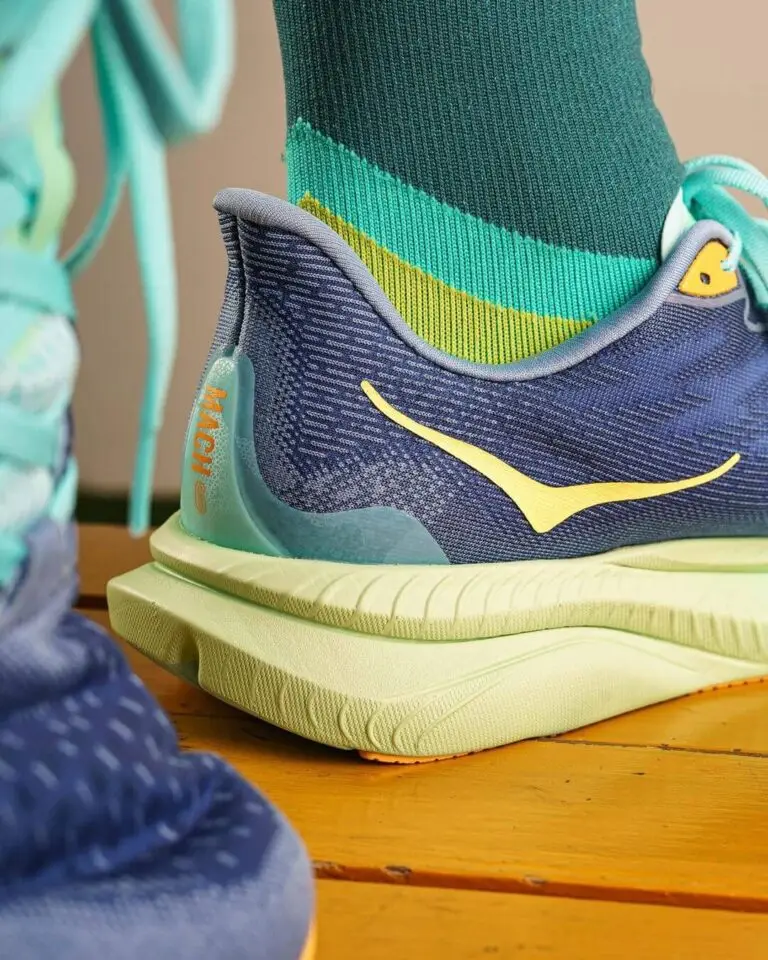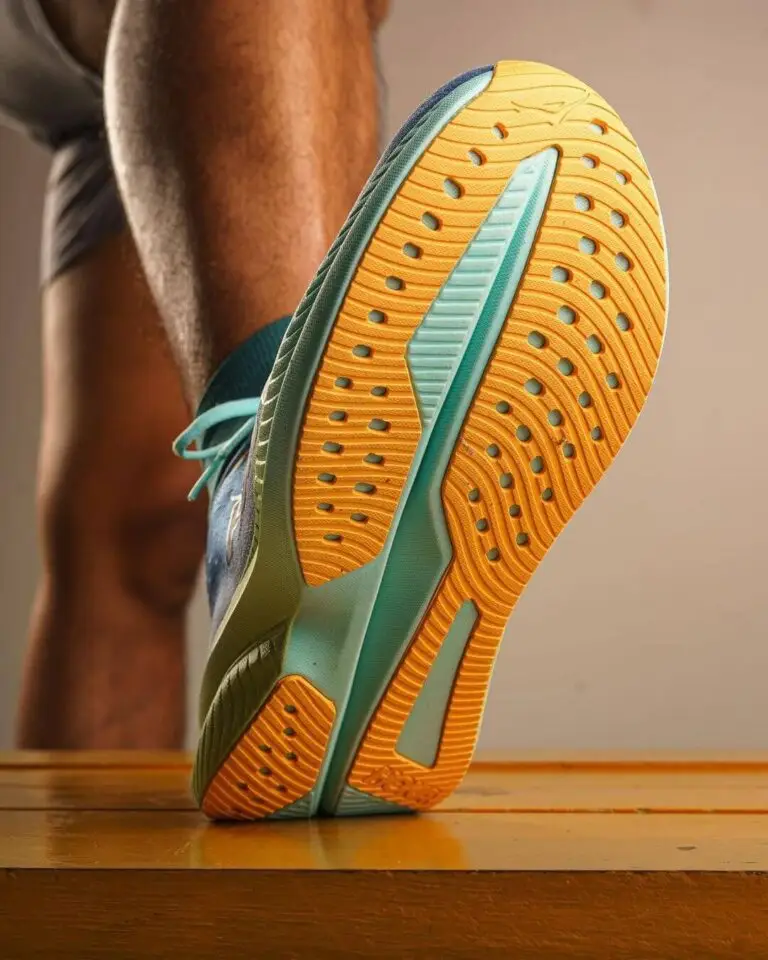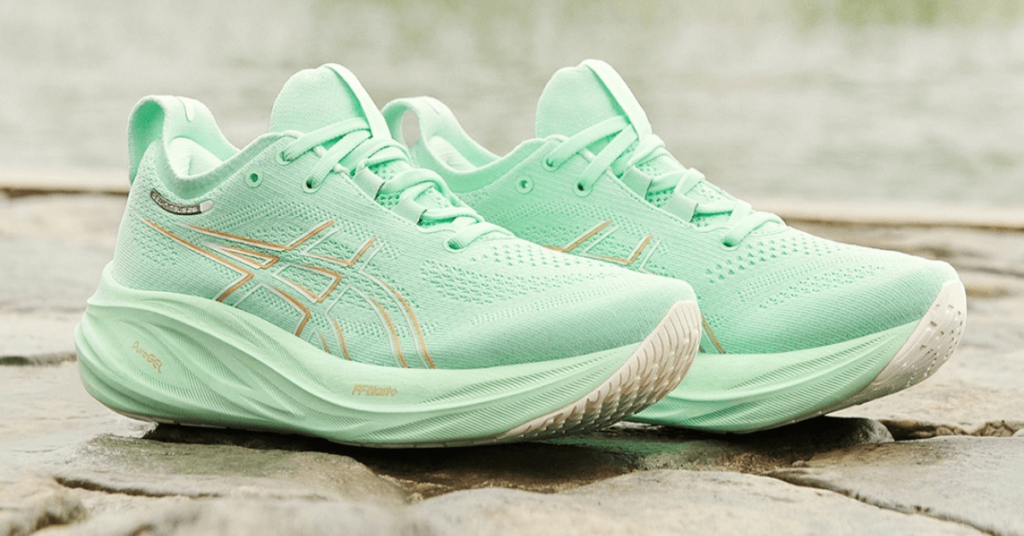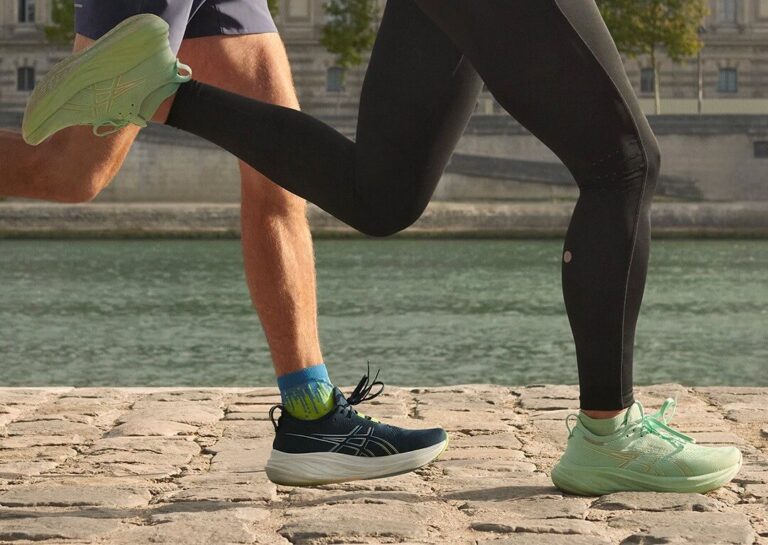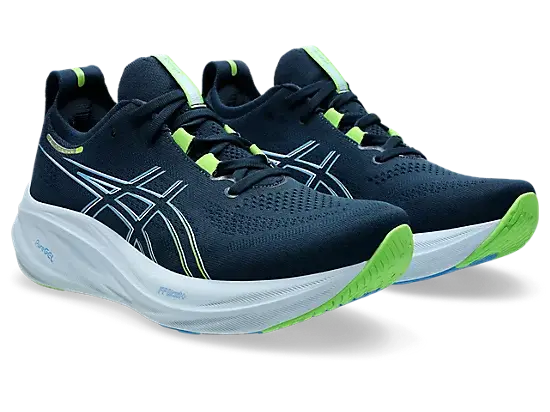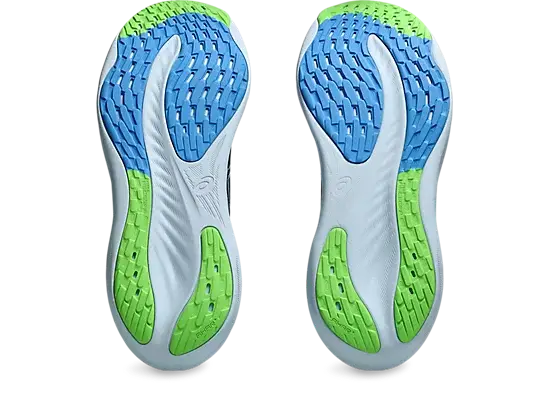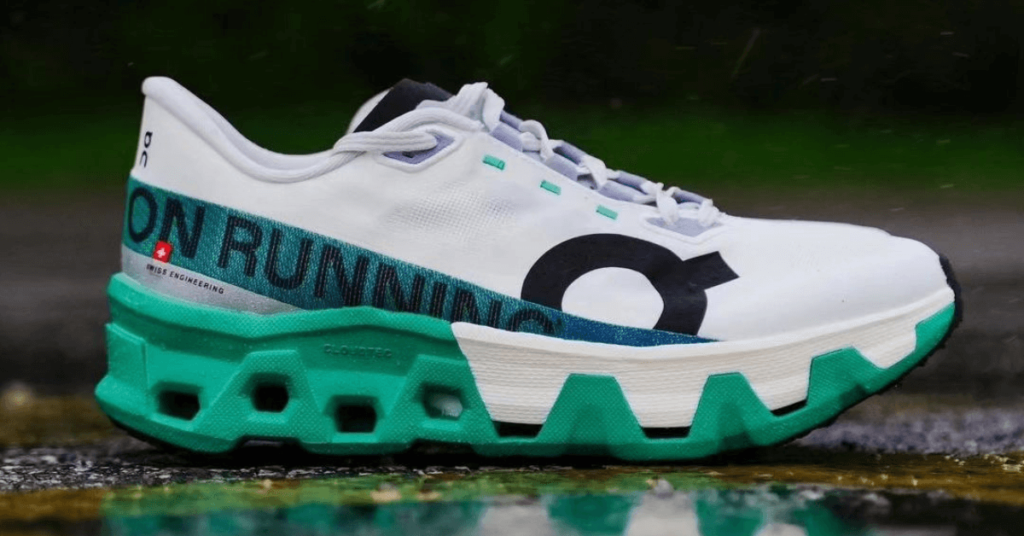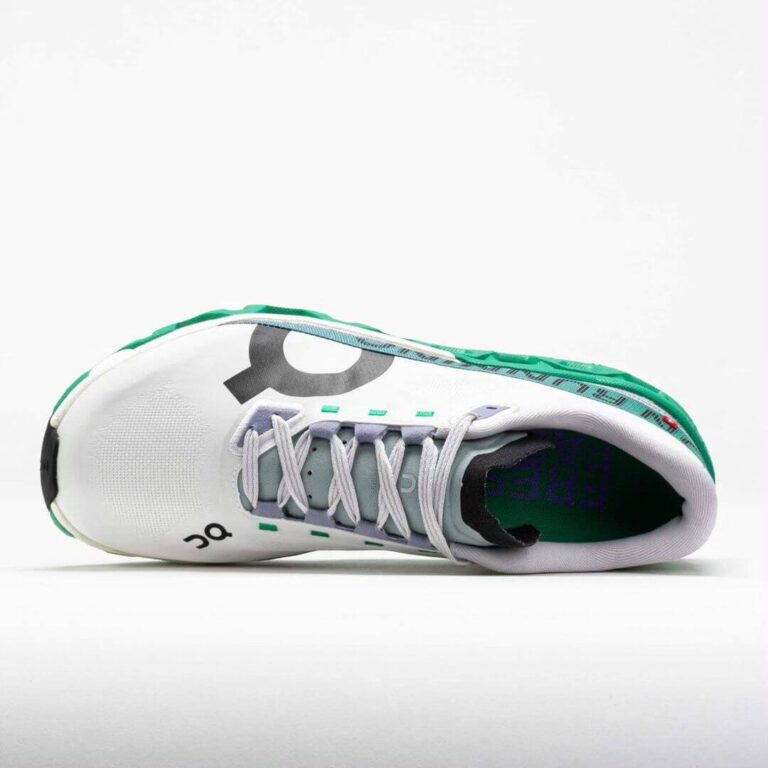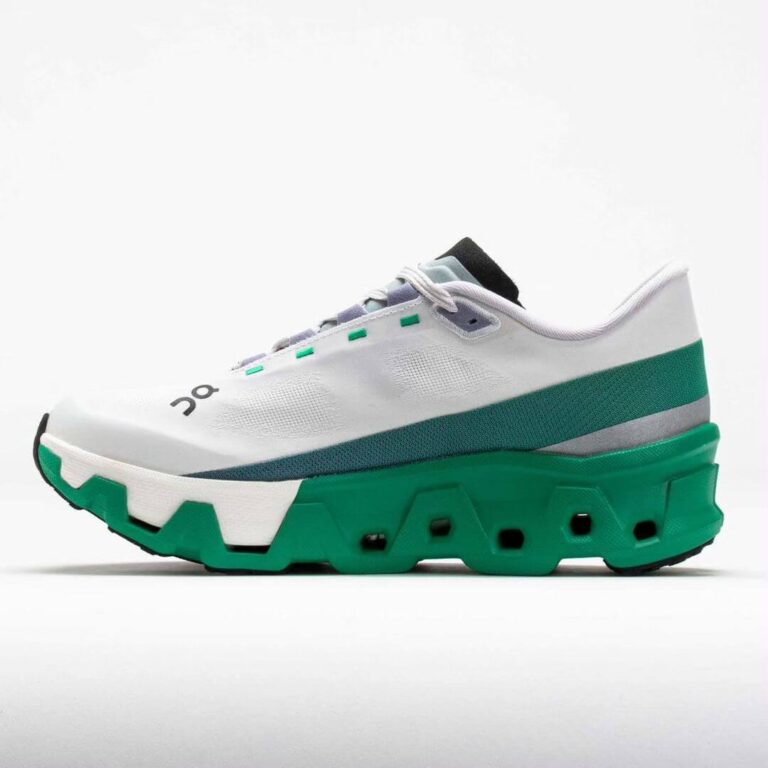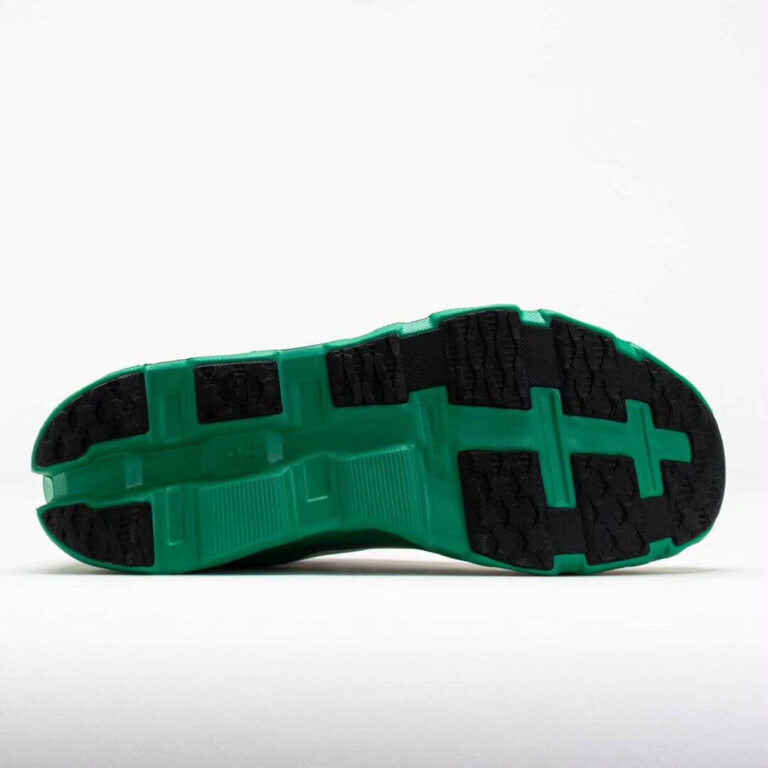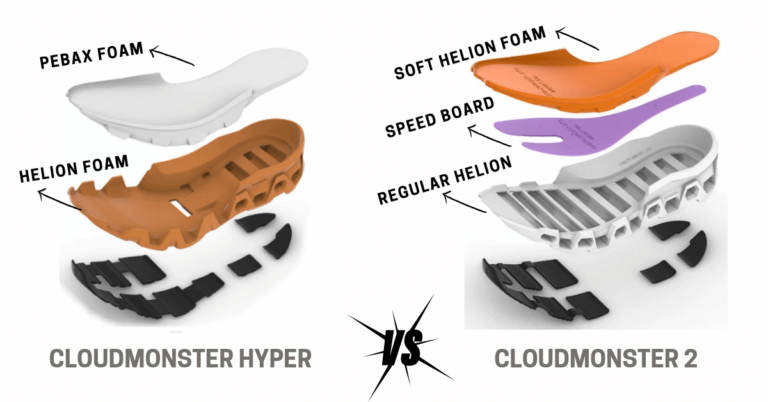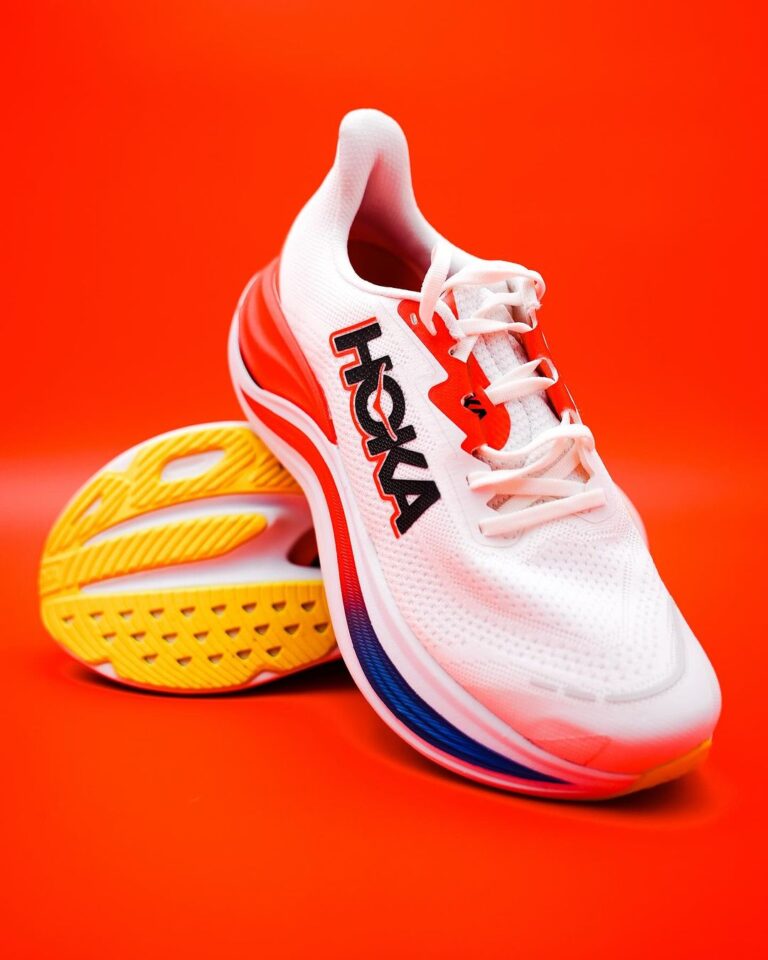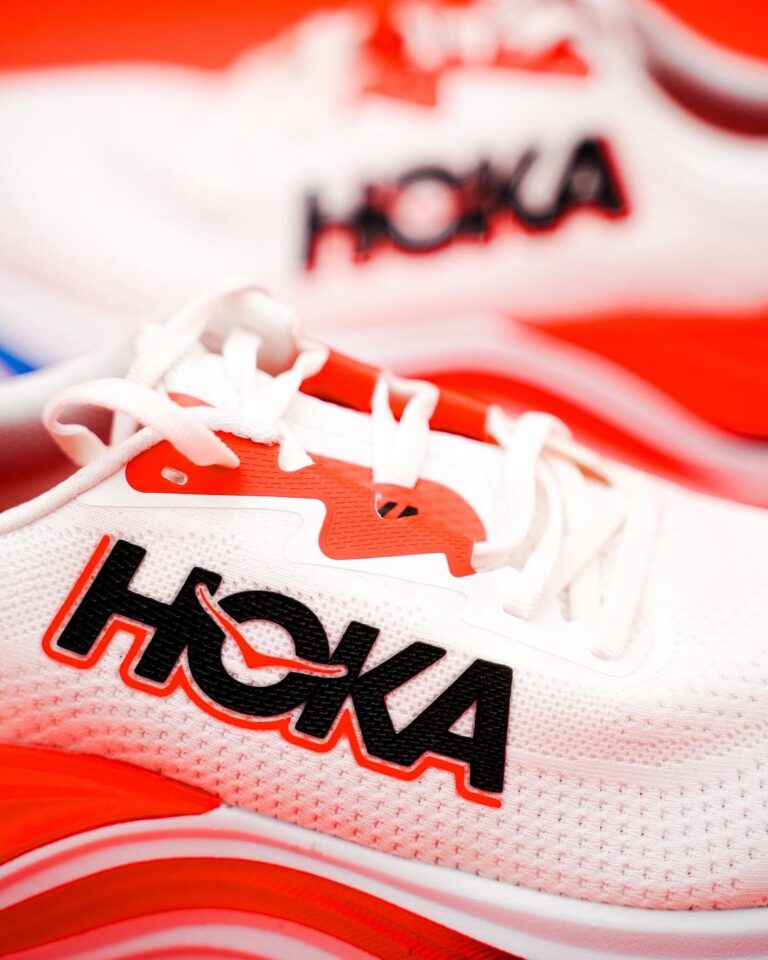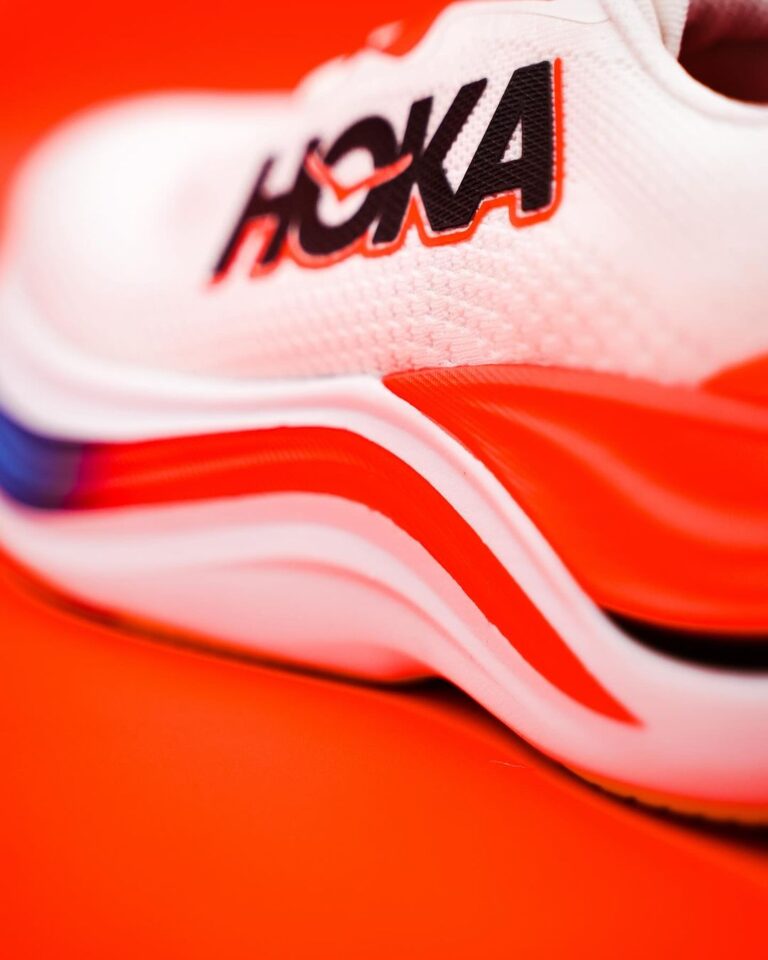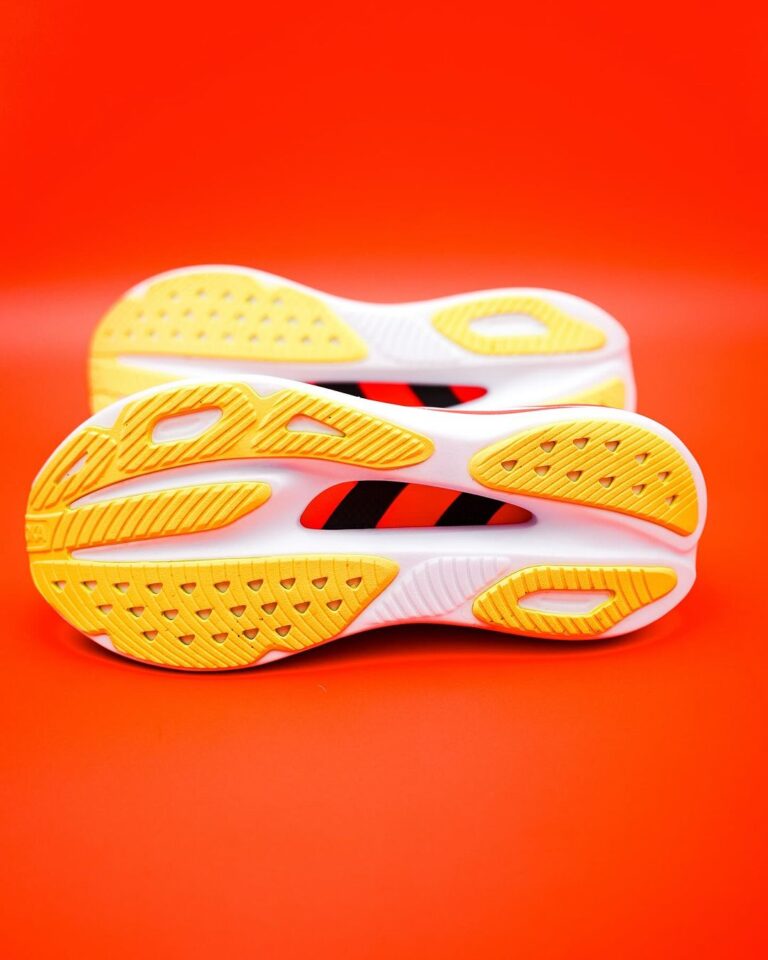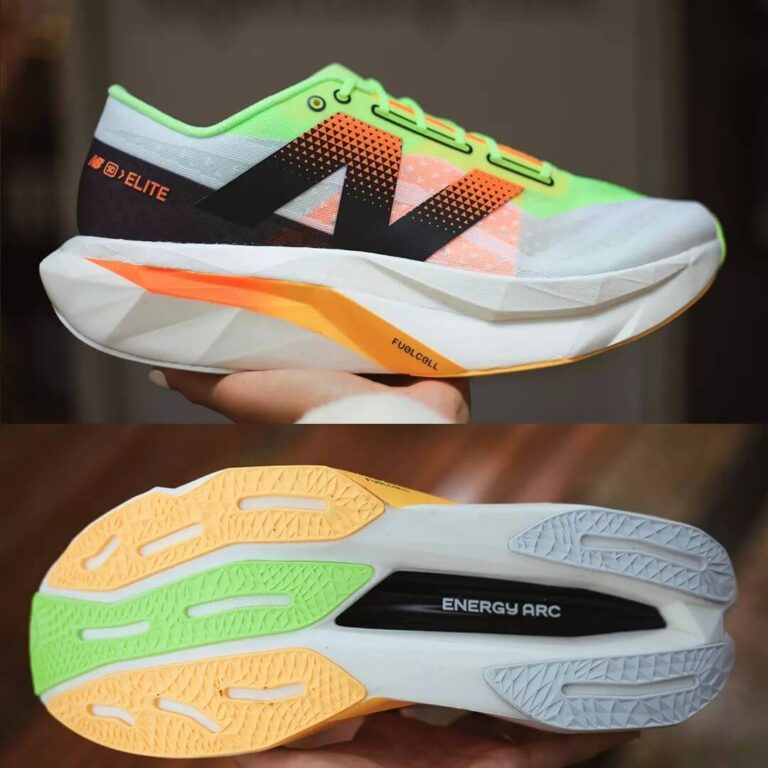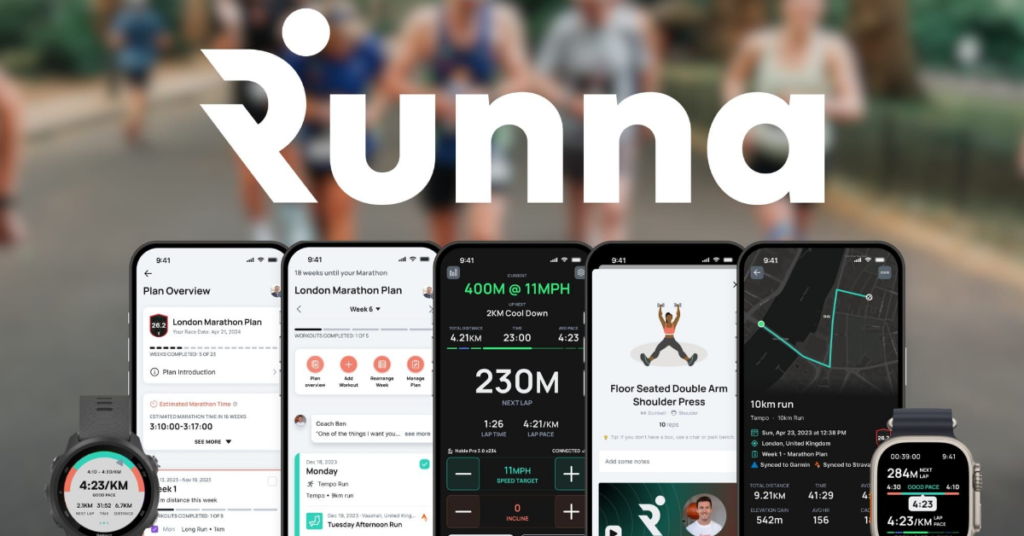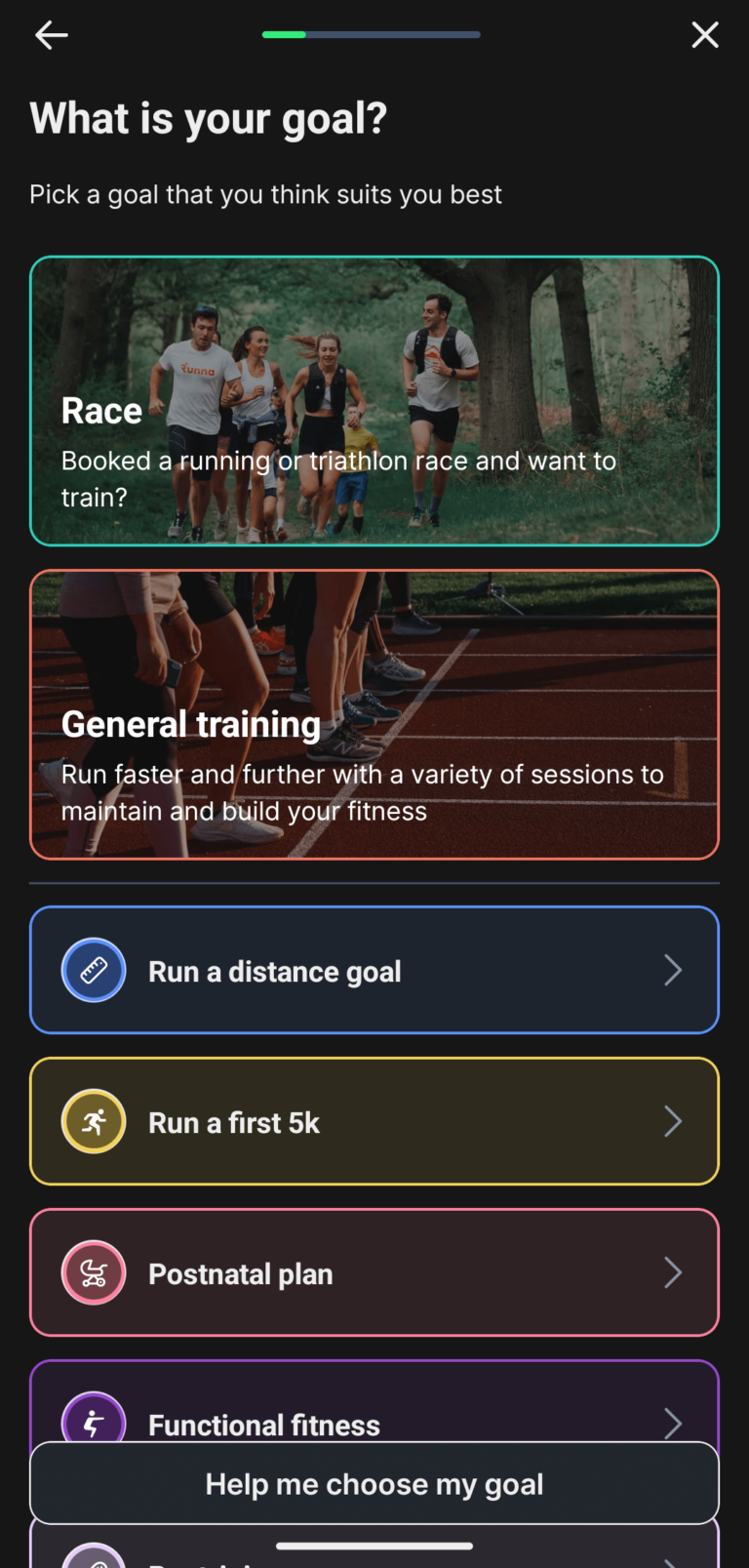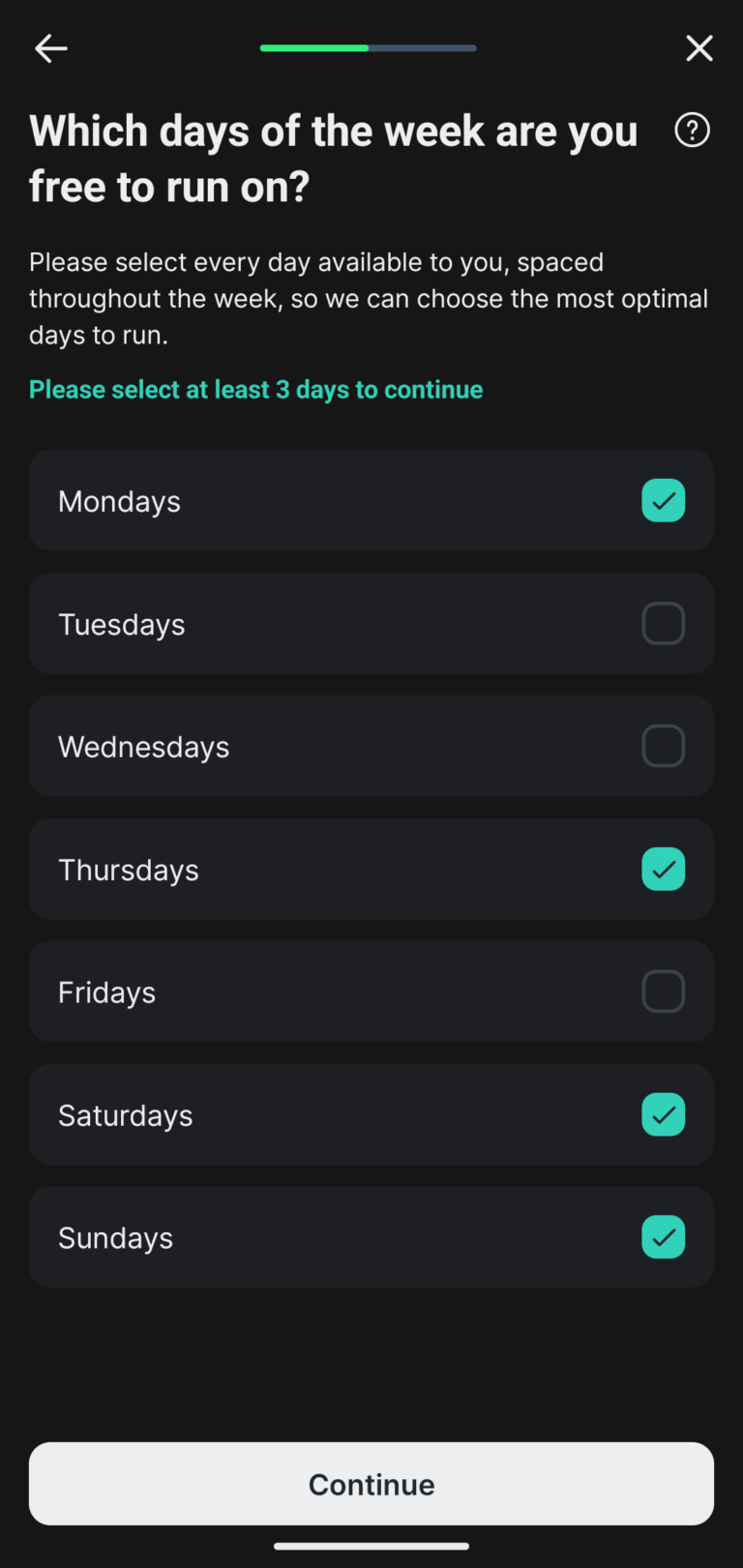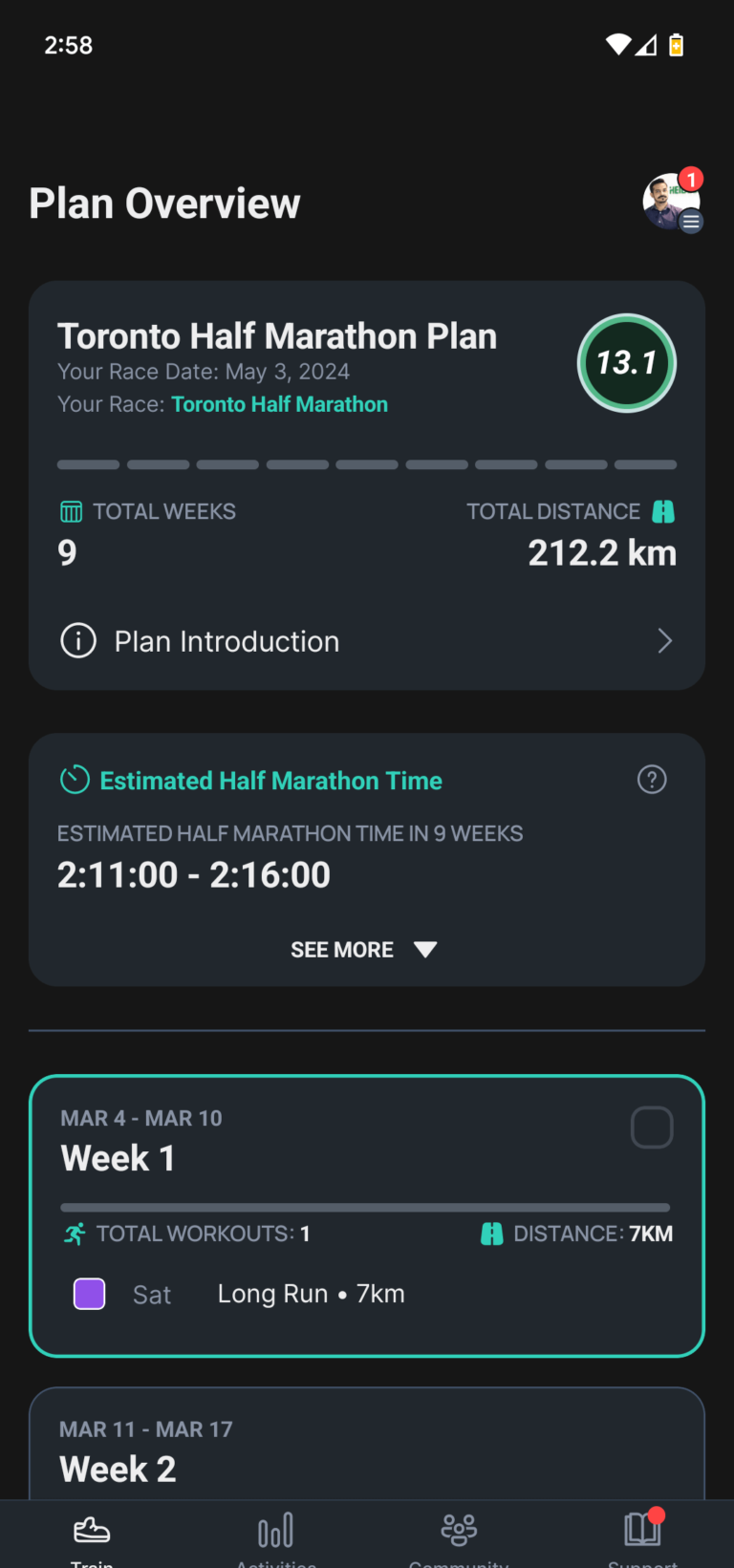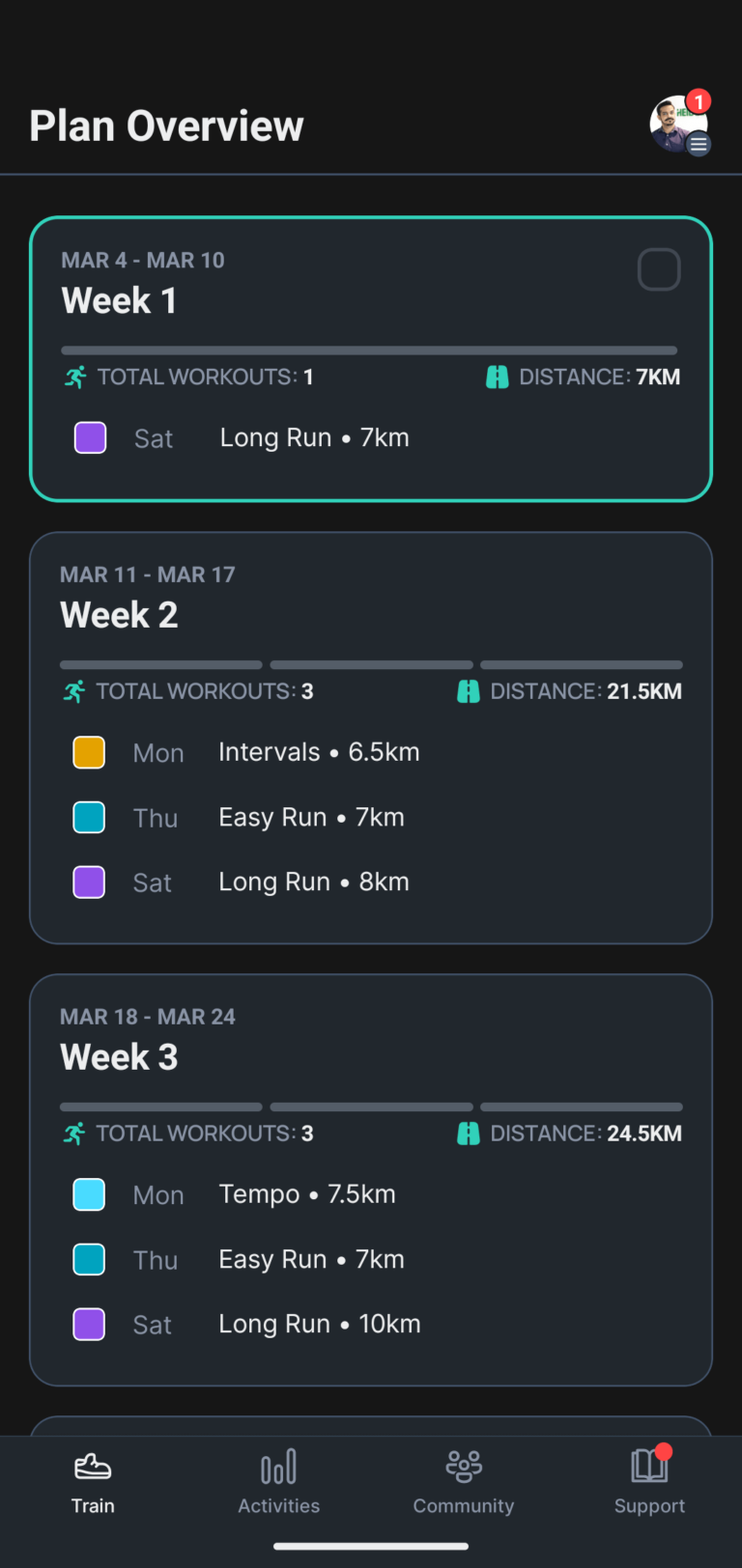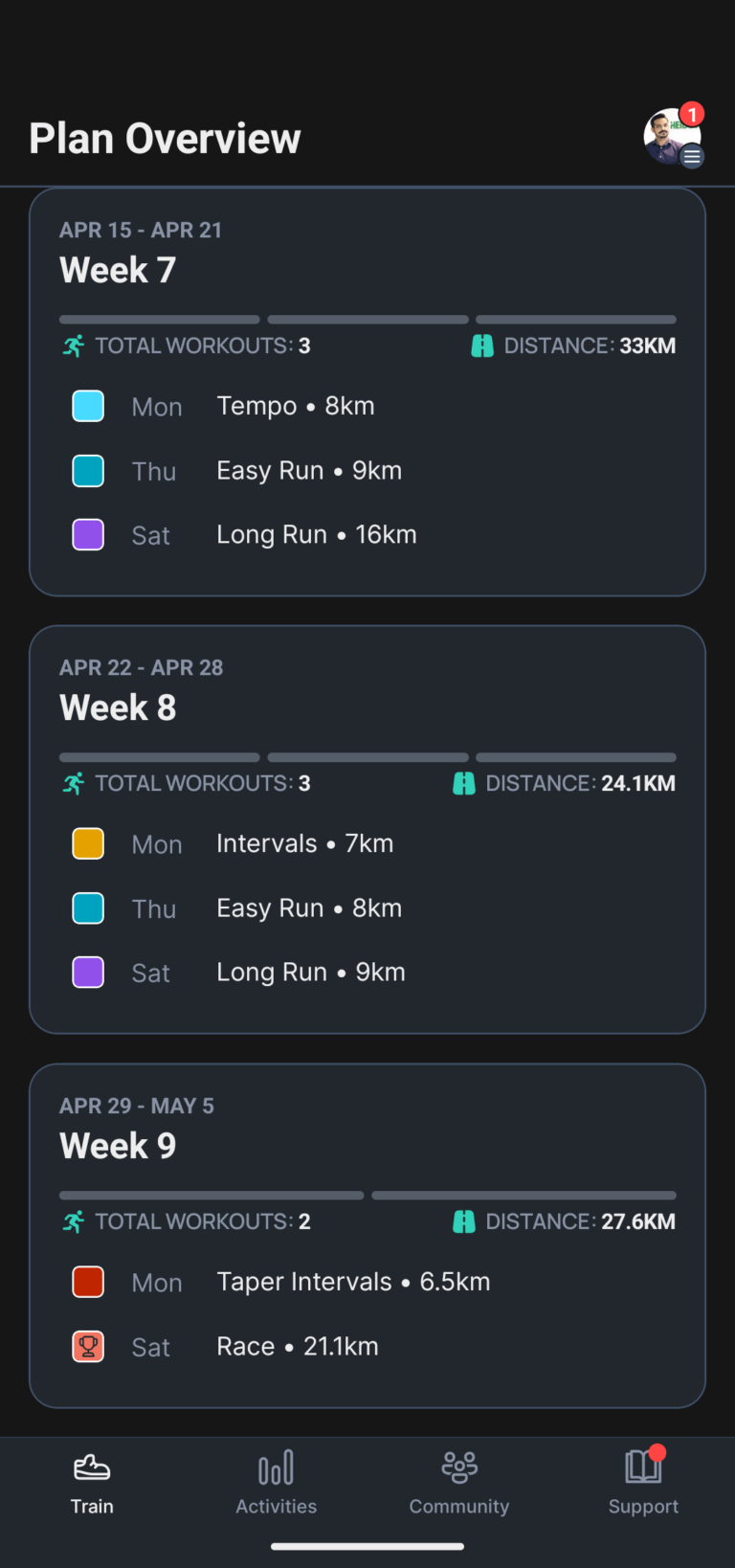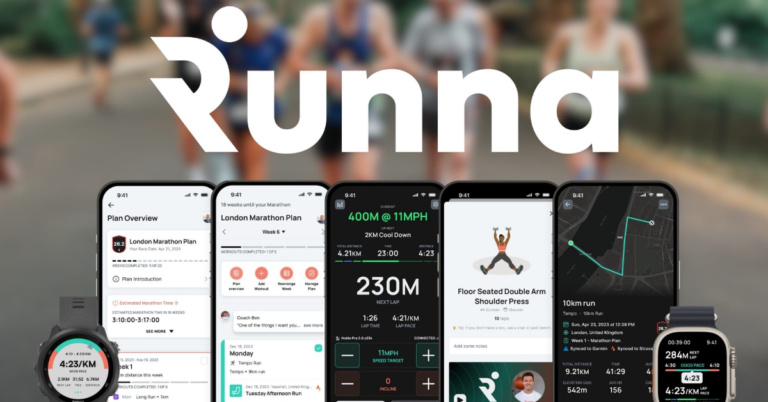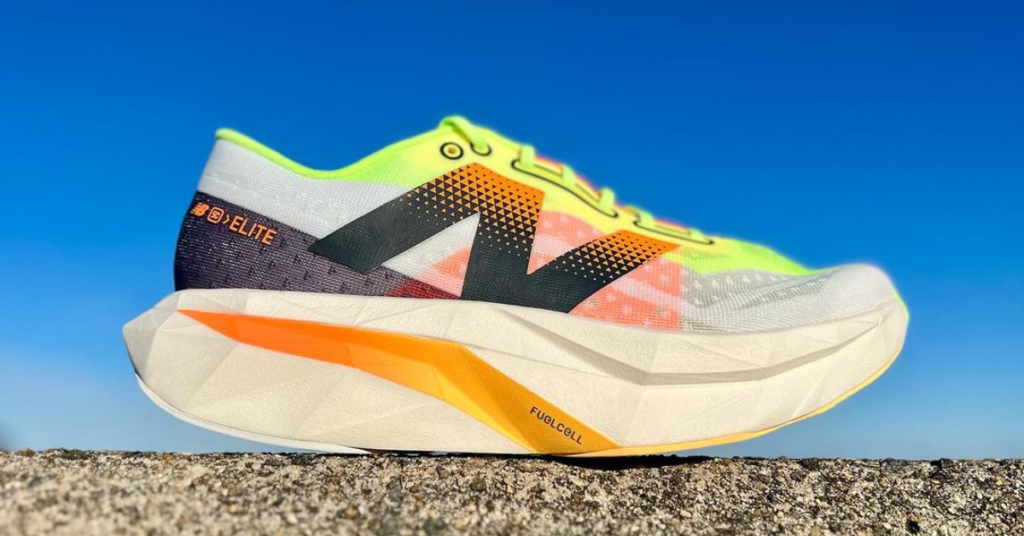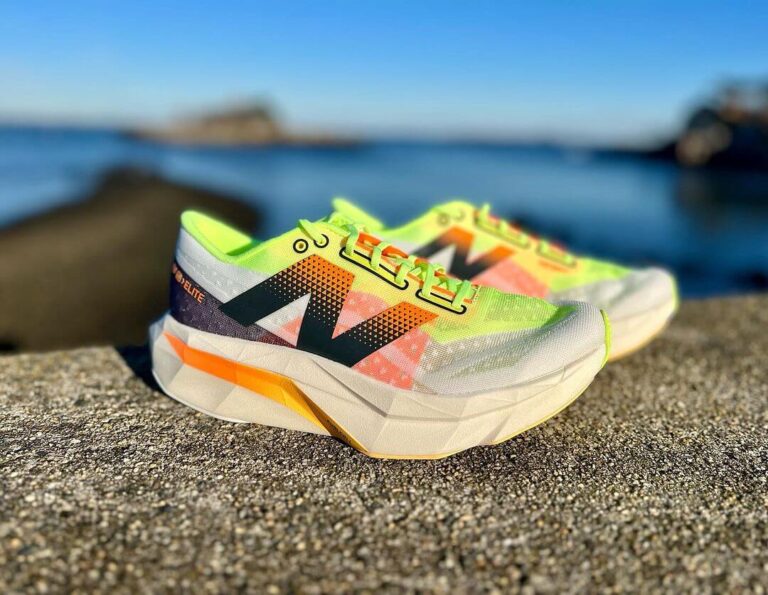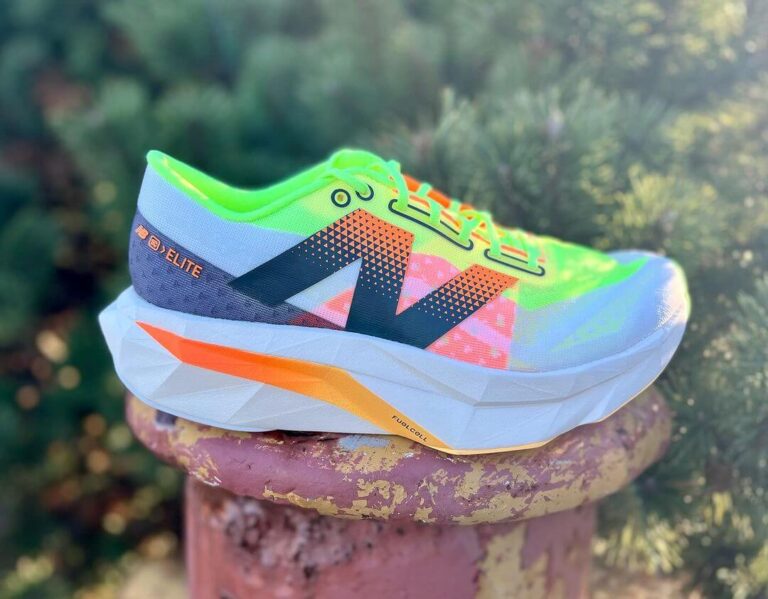TYR Valkyrie Elite Carbon review
If you’ve heard of TYR, it’s probably because of their swim gear or gym equipment. But today, we’re diving into the world of race shoes with the TYR Valkyrie Elite Carbon. This exciting new addition to TYR’s lineup is making waves, and I’m here to tell you all about it.
Before we get started, a quick disclosure:
TYR sent me a pair of TYR Valkyrie Speedworks & Valkyrie Elite Carbon shoes for testing purposes. I didn’t pay for them, and they’re not paying me to share my thoughts. Everything you’ll read here is my honest opinion, and no one gets a sneak peek before you do. So, let’s dive into the specs of the TYR Valkyrie Elite Carbon and see what makes them stand out.
Key Specifications
Brand: TYR
Model: Valkyrie Elite Carbon
Weight: 7.8 oz (220 g) for US 9 model
Heel: 39.5 mm
Toe: 33.5 mm
Heel drop: 6 mm
Carbon plate: Yes

Cushioning & Ride
Amount of cushioning: Highly cushioned
Purpose: Racing & competition
Price of TYR Valkyrie Elite Carbon
Price: $250
Key Features
Locking Laces: Enjoy a secure fit that keeps you comfortable and stable on your runs.
Lockdown Reinforcement Paneling: Feel the extra security and stability with every step.
Hyperweave Mesh: Experience unmatched breathability, keeping your feet cool and dry.
Anatomical Toe Box: Appreciate the wider toe box for a natural and comfortable stride.
Elite Carbon Fiber Plate: Benefit from enhanced running efficiency and improved stability with increased ankle flexion.
LaunchPX Midsole: Enjoy the perfect combination of a carbon fiber plate and supercritical foam for a superior running experience.
Upper
The upper of the TYR Valkyrie Elite Carbon is truly impressive. It’s made with ultra-lightweight Hyperweave, which offers unmatched breathability. The shoe fits true to size, providing ample room while still offering excellent structure. The combination of overlays and an internal cage keeps your foot securely in place. Additionally, the shoe features a very light but heavily gusseted tongue and a good amount of foam in the heel cup, which is floppy, making it ideal for race days. While it’s slightly heavier than typical racing shoes, the unique, textured lacing system ensures a secure fit as you pull it tight.

Midsole
The TYR Valkyrie Elite Carbon features a midsole called LaunchPX. This unique design uses two layers of beaded PEBAX foam to sandwich a scooped carbon plate, providing a sensation at toe-off similar to other plated racing shoes. This extra flick helps push your toes off the ground faster, giving you that extra boost typical of super shoes. It not only helps you maintain faster paces and save your legs but also allows for quicker recovery after hard efforts.
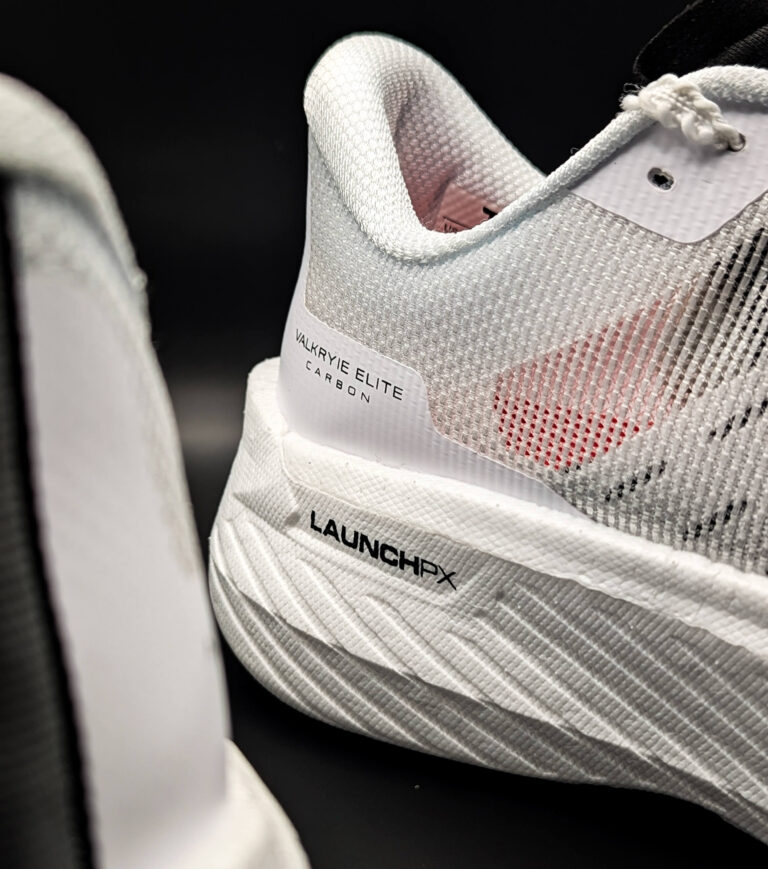
Outsole
When it comes to the outsole of the TYR Valkyrie Elite Carbon, I found it to be pretty impressive. There’s a decent amount of rubber covering a good surface area, which really helps with traction. I tested these shoes on dry pavement with some wet patches, and I felt secure with every step. Even though I was running at a comfortable pace and not pushing my speed, the outsole performed reliably well. It’s a solid choice for any conditions.
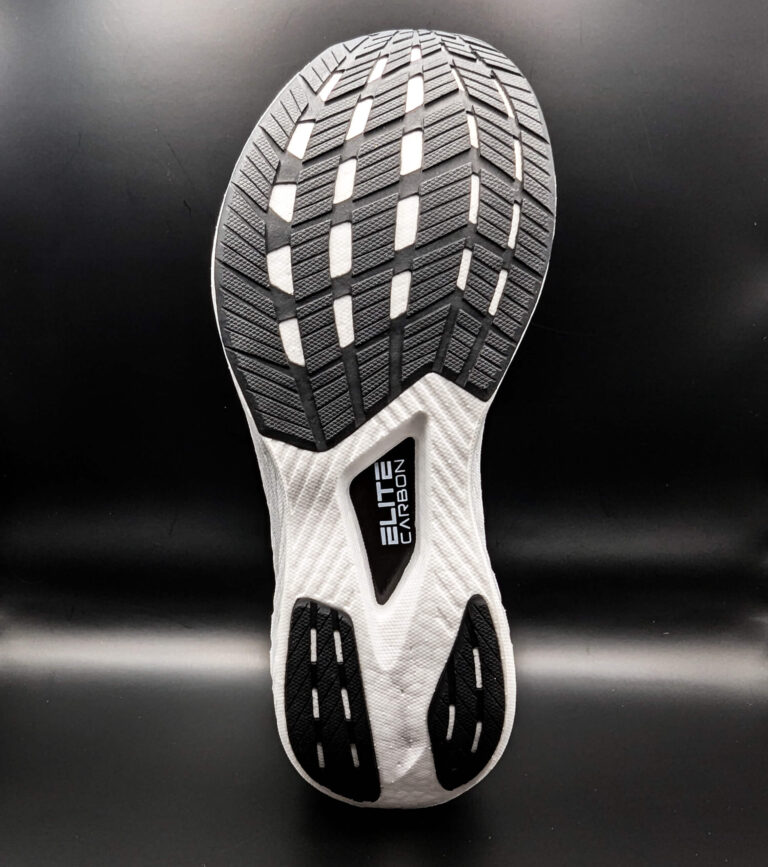
Who can benefit from TYR Valkyrie Elite Carbon?
If you’re a runner who loves that extra spring in your step, the TYR Valkyrie Elite Carbon is for you. These shoes are perfect for those chasing personal bests or looking to enhance their race-day performance. Whether you’re a seasoned marathoner or just getting into serious running, you’ll appreciate the energy return and efficient stride these shoes provide. With the TYR Valkyrie Elite Carbon, you’ll feel faster and more comfortable on your race day.
Is the TYR Valkyrie Elite Carbon worth $250?
Based on my experience, I’d say yes. The TYR Valkyrie Elite Carbon offers solid value for its price, especially from a durability point of view. While I’ve only tested it for about 30 miles so far, it appears to be more durable than other marathon racing shoes. I’ll update this once I’ve logged around 100 miles, but it looks promising.
Our Verdict
TYR impresses with its thoughtful design and advanced technology in its debut super shoe. Despite being TYR’s first entry into this competitive market, it holds its own against top-tier competitors. While there’s room for improvement in future iterations, especially in refining materials and design, TYR’s debut leaves a promising mark. I’m eager to see how TYR evolves with their next release.








